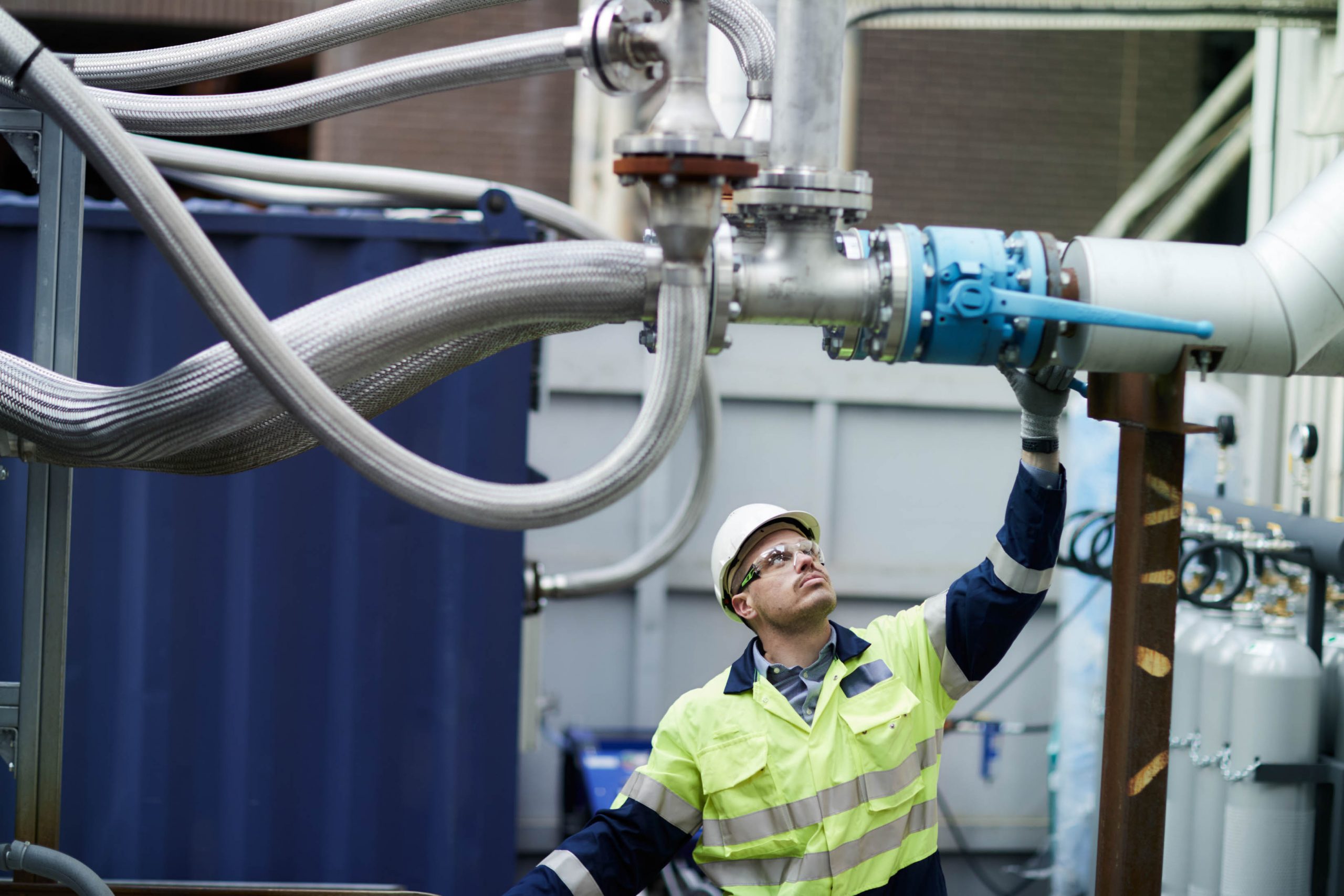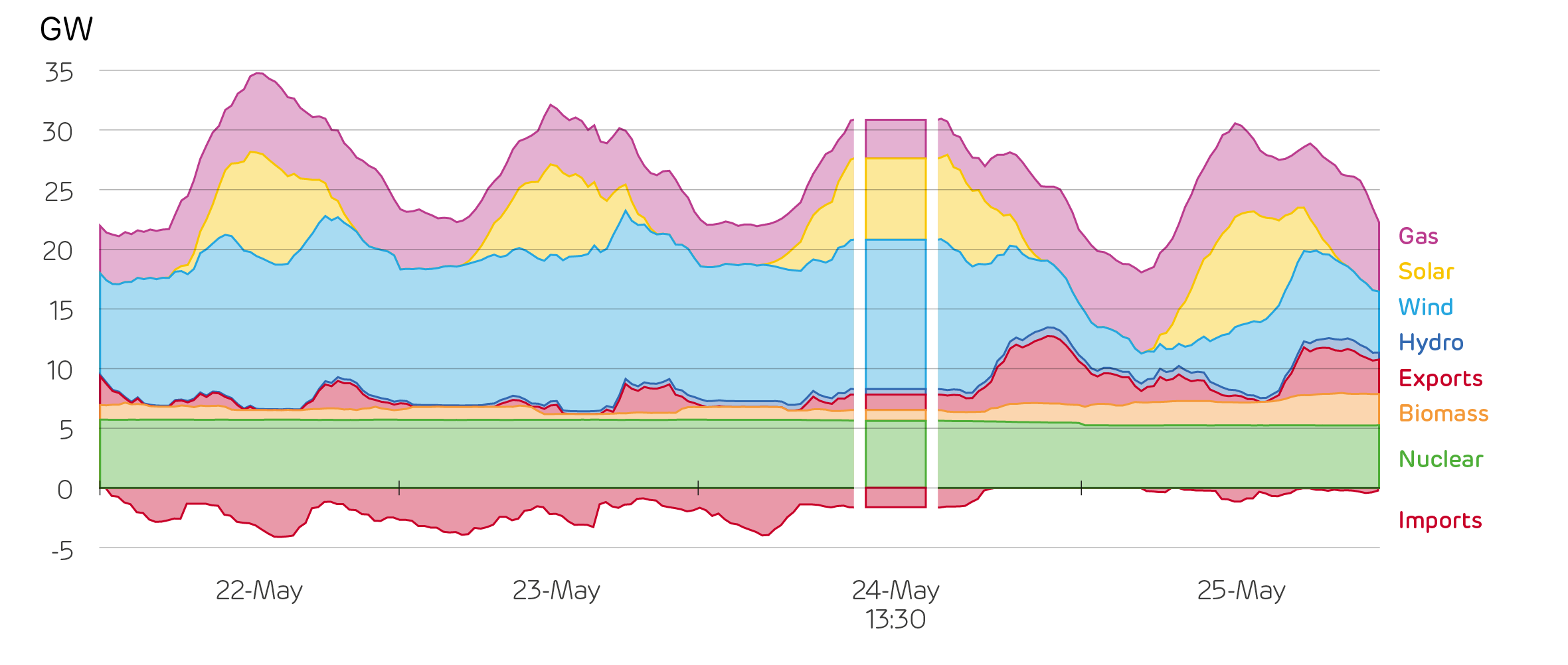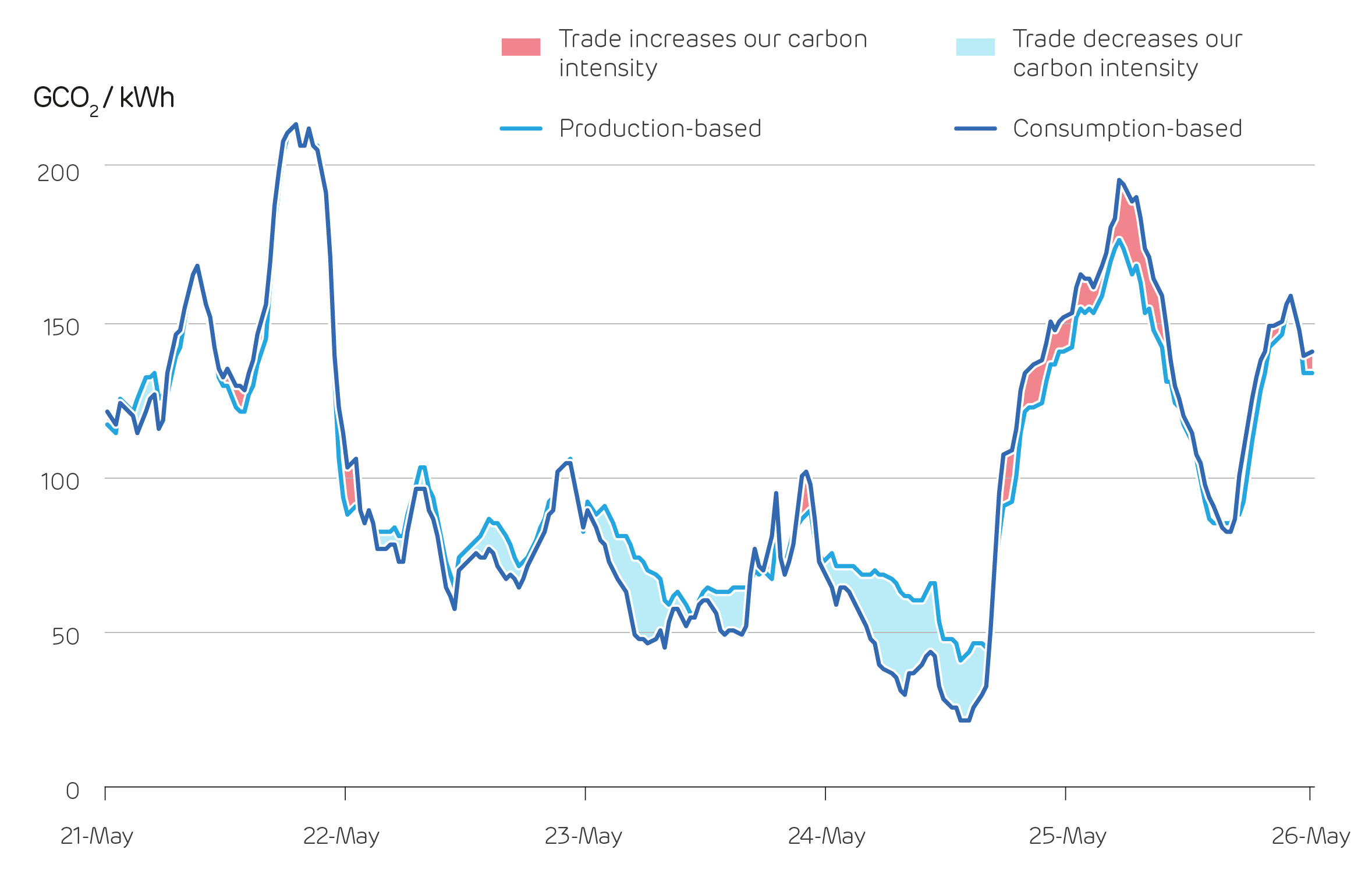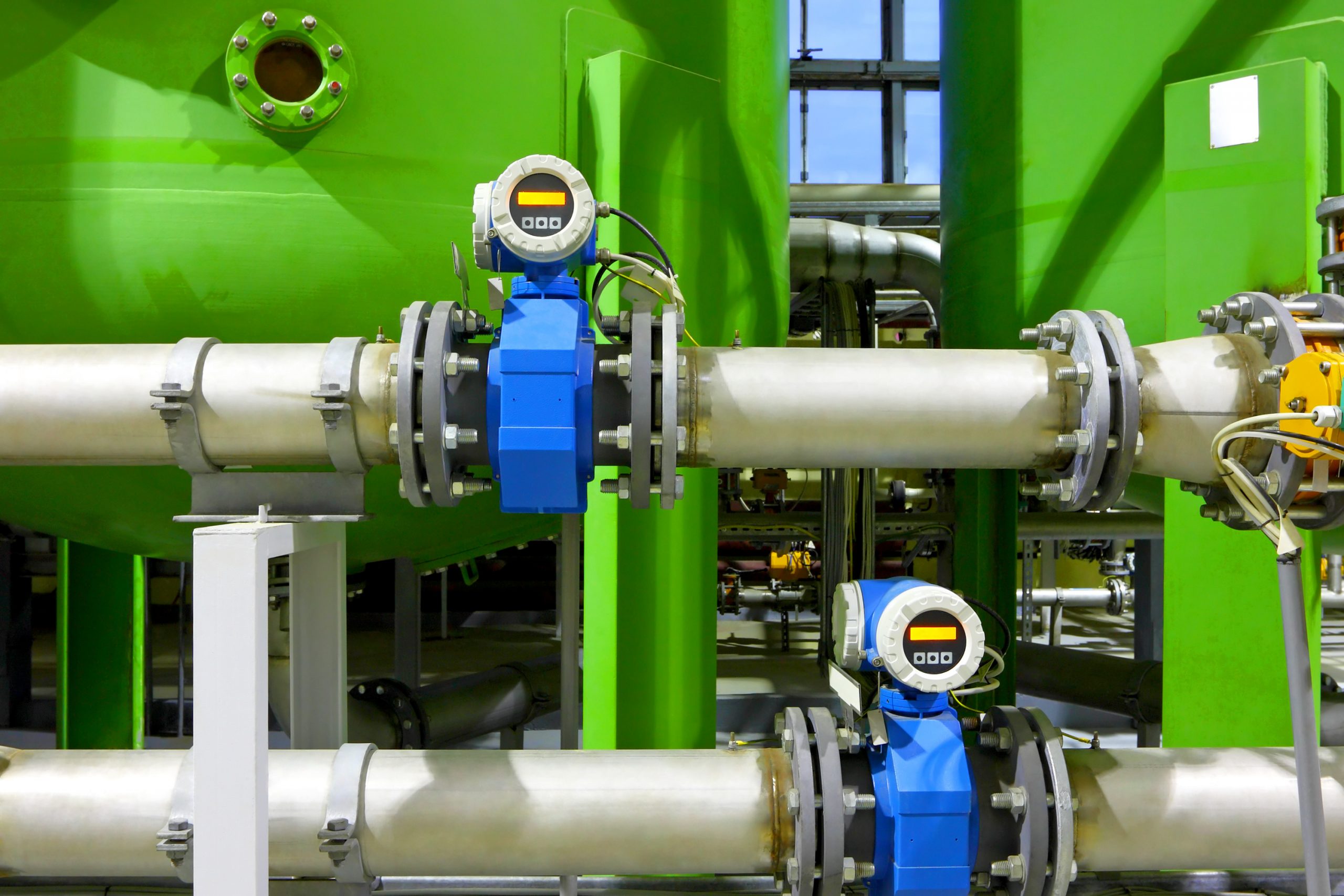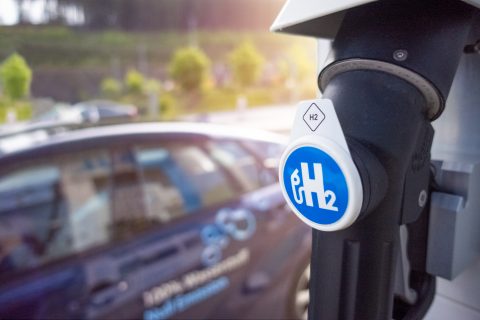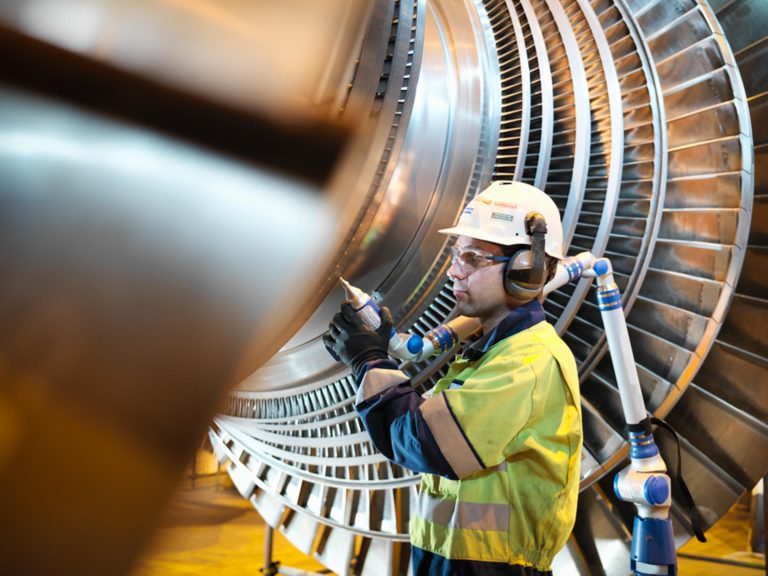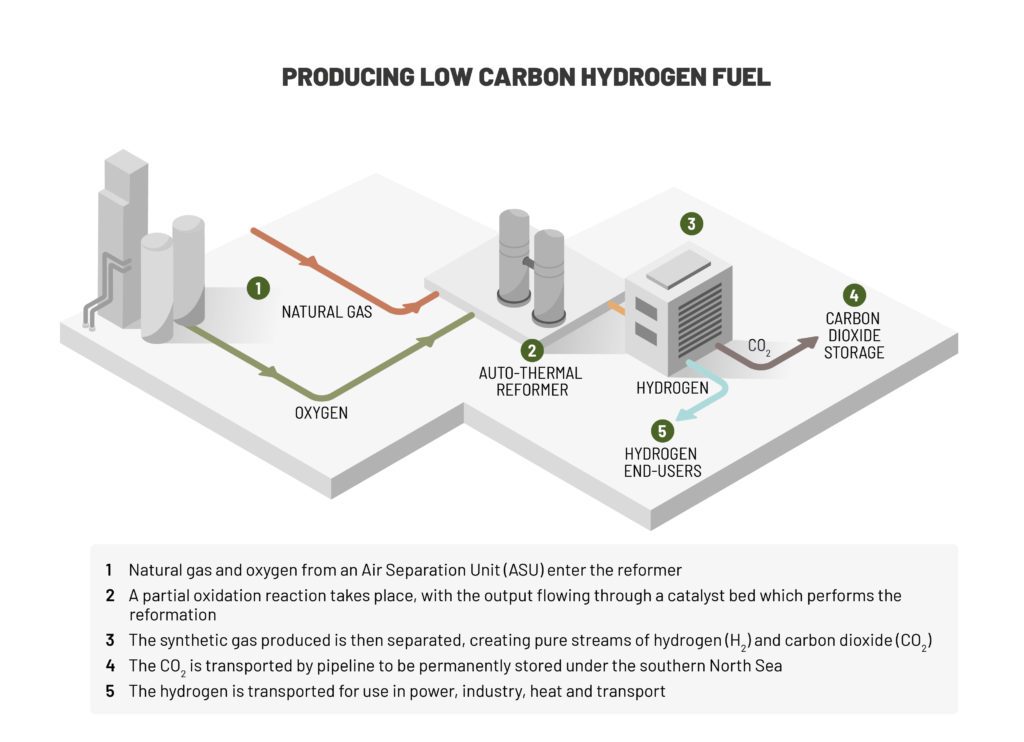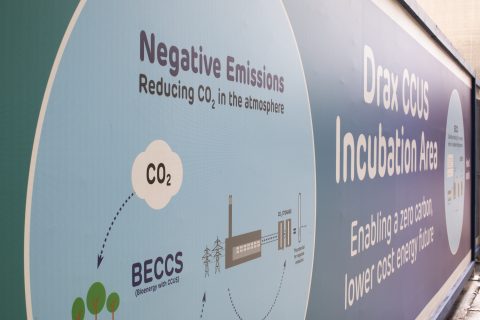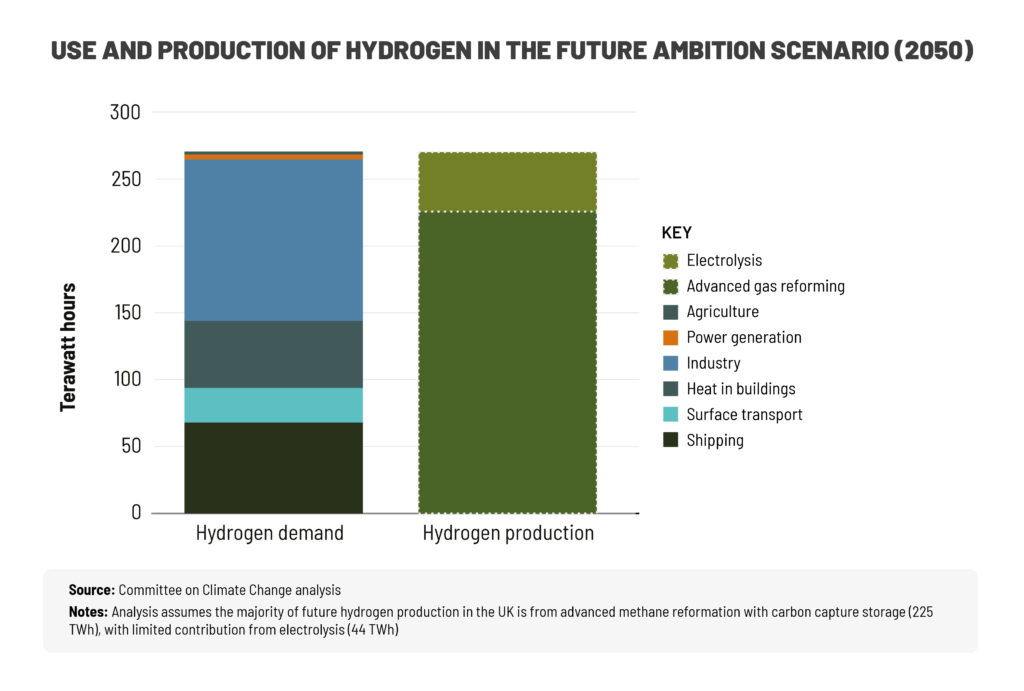
To tackle the climate crisis, global unity and collaboration are needed. This was in part the thinking behind the Paris Agreement. It set a clear, collective target negotiated at the 2015 United Nations Climate Change Conference and signed the following year: to keep the increase in global average temperatures to well below 2 degrees Celsius above pre-industrial levels.
In November 2021, COP26 will see many of the countries who first signed the Paris Agreement come together in Glasgow for the first ‘global stocktake’ of their environmental progress since its creation.
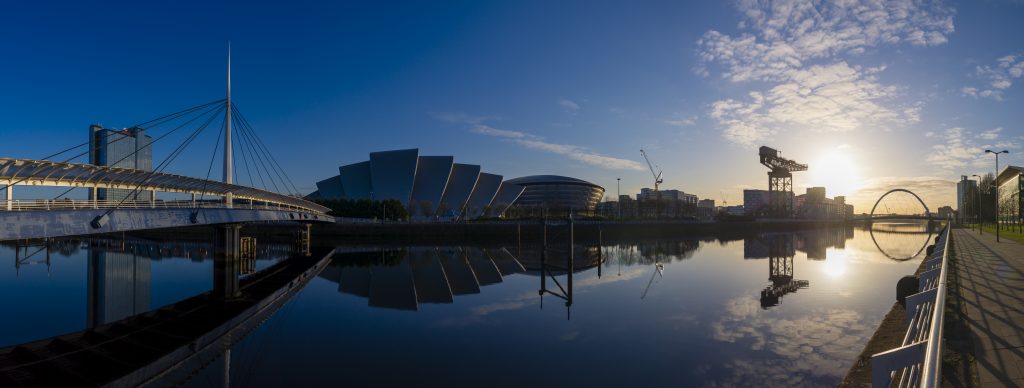
COP26 will take place at the SEC in Glasgow
Already delayed for a year as a result of the pandemic, COVID-19 and its effects on emissions is likely to be a key talking point. So too will progress towards not just the Paris Agreement goals but those of individual countries. Known as ‘National Determined Contributions’ (NDCs), these sit under the umbrella of the Paris Agreement goals and set out individual targets for individual countries.
With many countries still reeling from the effects of COVID-19, the question is: which countries are actually on track to meet them?
What are the goals?
The NDCs of each country represent its efforts and goals to reduce national emissions and adapt to the impacts of climate change. These incorporate various targets, from decarbonisation and forestry to coastal preservation and financial aims.
While all countries need to reduce emissions to meet the Paris Agreement targets, not all have an equally sized task. The principle of differentiated responsibility acknowledges that countries have varying levels of emissions, capabilities and economic conditions.
The Universal Ecological Fund outlined the emissions breakdown of the top four emitters, showing that combined, they account for 56% of global greenhouse gas emissions. China is the largest emitter, responsible for 26.8%, followed by the US which contributes 13.1%. The European Union and its 28 member states account for nine per cent, while India is responsible for seven per cent of all emissions.
These nations have ambitious emissions goals, but are they on track to meet them?
China

Traffic jams in the rush hour in Shanghai Downtown, contribute to high emissions in China.
By 2030, China pledged to reach peak carbon dioxide (CO2), increase its non-fossil fuel share of energy supply to 20% and reduce the carbon intensity – the ratio between emissions of CO2 to the output of the economy – by 60% to 65% below 2005 levels.
COVID-19 has increased the uncertainty of the course of China’s emissions. Some projections show that emissions are likely to grow in the short term, before peaking and levelling out sometime between 2021 and 2025. However, according to the Climate Action Tracker it is also possible that China’s emissions have already peaked – specifically in 2019. China is expected to meet its non-fossil energy supply and carbon intensity pledges.
United States
The forecast for the second largest emitter, the US, has also been affected by the pandemic. Economic firm Rhodium Group has predicted that the US could see its emissions drop between 20% and 27% by 2025, meeting its target of reducing emissions by 26% to 28% below 2005 levels.
However, President Trump’s rolling back of Obama-era climate policies and regulations, his support of fossil fuels and withdrawal from the Paris Agreement (effective from as early as 4 November 2020), suggest any achievement may not be long-lasting.
The United States’ Coronavirus Aid, Relief, and Economic Security Act, known as the CARES Act, does not include any direct support to clean energy development – something that could also change in 2021.
European Union
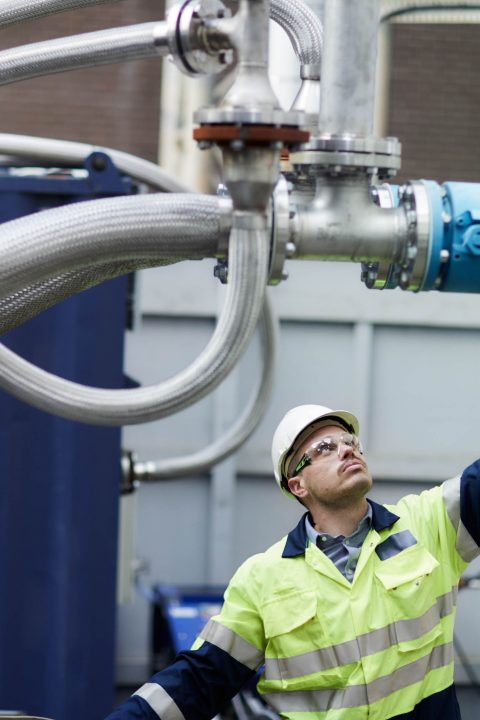
Carl Clayton, Head of BECCS at Drax, inspects pipework in the CCUS area of Drax Power Station
The European Union and its member states, then including the UK, pledged to reduce emissions by at least 40% below 1990 levels by 2030 – a target the Climate Action Tracker estimates will be achieved. In fact, the EU is on track to cut emissions by 58% by 2030.
This progress is in part a result of a large package of measures adopted in 2018. These accelerated the emissions reductions, including national coal phase-out plans, increasing renewable energy and energy efficiency. The package also introduced legally binding annual emission limits for each member state within which they can set individual targets to meet the common goal.
The UK has not yet released an updated, independent NDC. However, it has announced a £350 million package designed to cut emissions in heavy industry and drive economic recovery from COVID-19. This includes £139 million earmarked to scale up hydrogen production, as well as carbon capture and storage (CCS) technology, such as bioenergy with carbon capture (BECCS) – essential technologies in achieving net zero emissions by 2050 and protecting industrial regions.
India
India, the fourth largest global emitter, is set to meet its pledge to reduce its emissions intensity by 33% to 35% below 2005 levels and increase the non-fossil share of power generation to 40% by 2030. What’s more, the Central Electricity Agency has reported that 64% of India’s power could come from non-fossil fuel sources by 2030.
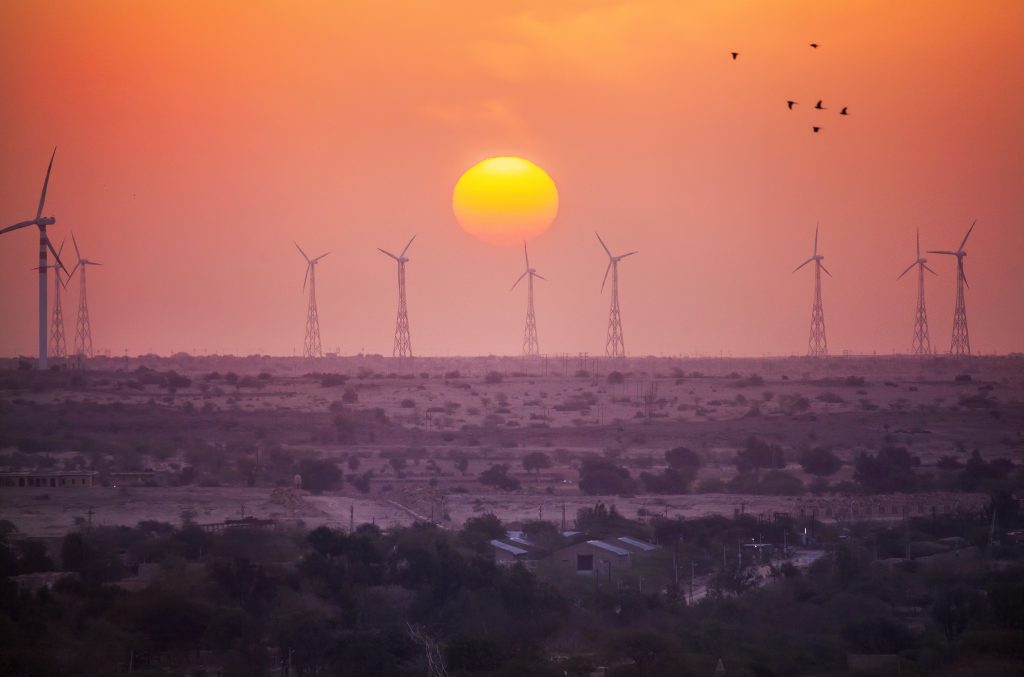
Wind turbines in Jaisalmer, Rajasthan, India
Along with increasingly renewable generation, the implementation of India’s National Smart Grid Mission aims to modernise and improve the efficiency of the country’s energy system.
It is promising that the world’s four largest emitters have plans in place and are making progress towards their decarbonisation goals. However, tackling climate change requires action from around the entire globe. In addition to NDCs, many countries have committed to, or have submitted statements of intent, to achieve net zero carbon emissions in the coming years.
Net zero target
| Country | Target Date | Status |
|---|---|---|
| Bhutan 🇧🇹 | Currently carbon negative (and aiming for carbon neutrality as it develops; pledged towards the Paris Agreement) | |
| Suriname 🇸🇷 | Currently carbon negative | |
| Denmark 🇩🇰 | 2050 | In law |
| France 🇫🇷 | 2050 | In law |
| Germany 🇩🇪 | 2050 | In law |
| Hungary 🇭🇺 | 2050 | In law |
| New Zealand 🇳🇿 | 2050 | In law |
| Scotland 🏴 | 2045 | In law |
| Sweden 🇸🇪 | 2045 | In law |
| United Kingdom 🇬🇧 | 2050 | In law |
| Bulgaria 🇧🇬 | 2050 | Policy Position |
| Canada 🇨🇦 | 2050 | Policy Position |
| Chile 🇨🇱 | 2050 | In policy |
| China 🇨🇳 | 2060 | Statement of intent |
| Costa Rica 🇨🇷 | 2050 | Submitted to the UN |
| EU 🇪🇺 | 2050 | Submitted to the UN |
| Fiji 🇫🇯 | 2050 | Submitted to the UN |
| Finland 🇫🇮 | 2035 | Coalition agreement |
| Iceland 🇮🇸 | 2040 | Policy Position |
| Ireland 🇮🇪 | 2050 | Coalition Agreement |
| Japan 🇯🇵 | 2050 | Policy Position |
| Marshall Islands 🇲🇭 | 2050 | Pledged towards the Paris Agreement |
| Netherlands 🇳🇱 | 2050 | Policy Position |
| Norway 🇳🇴 | 2050 in law, 2030 signal of intent | |
| Portugal 🇵🇹 | 2050 | Policy Position |
| Singapore 🇸🇬 | As soon as viable in the second half of the century | Submitted to the UN |
| Slovakia 🇸🇰 | 2050 | Policy Position |
| South Africa 🇿🇦 | 2050 | Policy Position |
| South Korea 🇰🇷 | 2050 | Policy Position |
| Spain 🇪🇸 | 2050 | Draft Law |
| Switzerland 🇨🇭 | 2050 | Policy Position |
| Uruguay 🇺🇾 | 2030 | Contribution to the Paris Agreement |
While the COVID-19 pandemic has disrupted short-term plans, many see it as an opportunity to rejuvenate economies with sustainability in mind. COP26, as well as the global climate summit planned for December of this year, will likely see many countries lay out decarbonisation goals that benefit both people’s lives and the planet.
#COP26, as well as the UK/UN climate meeting planned for this December, will likely see many countries lay out decarbonisation goals that benefit both people’s lives and the planet. #COP26countdown ⏰ #COP26Ambition 🌍
— Drax (@DraxGroup) October 30, 2020







